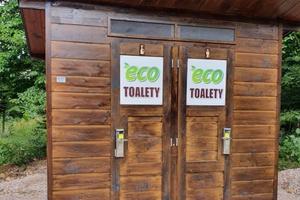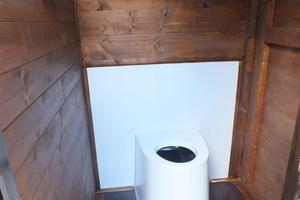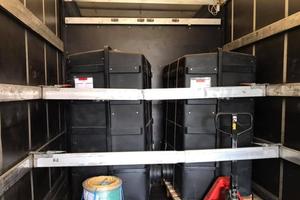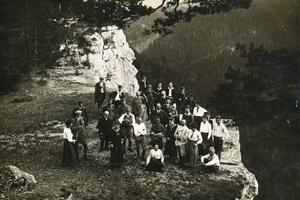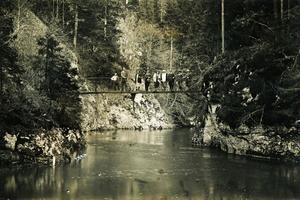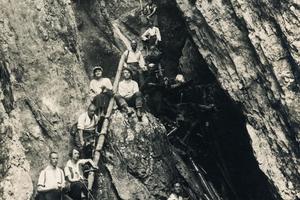While the idea of building toilets in Slovenský raj National Park back in the 1870s, when first tourists began to visit the area, was not on people’s minds, the national park now takes pride in two new composting toilets.
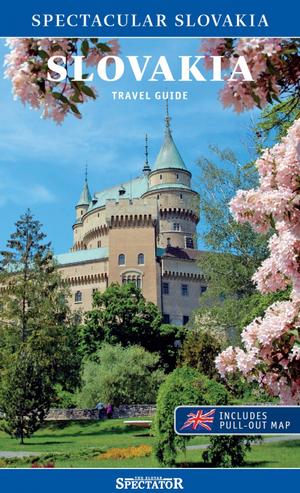 A helping hand in the heart of Europe offers for you Slovakia travel guide.
A helping hand in the heart of Europe offers for you Slovakia travel guide.
The facilities have been installed in the Suchá Belá gorge in the locality of Žľabky, where several hiking trails come together.
The €11,000 eco toilets were bought in France.
“In national parks in Switzerland, Germany and France, such toilets are already common,” Hrabušice mayor Jana Skokanová told the SITA newswire.
The village of Hrabušice is located in the Spiš region, which a part of the national park also covers.
Dew worms in the toilet
Two vermicomposting toilets, one for ladies, the other for gentlemen, are placed in a wooden hut.
“They work on the principle of latrines,” said Skokanová.
There is no water inside the toilets, a two-metre-long belt stretching from them, which slides back into a plastic container in which there are dew worms. The worms feed on humus.
“When the container is full, we have to remove the humus,” the mayor added.
Even while some people may find it strange using an outhouse that looks like a 15th century facility, Skokanová admits that there is something interesting about these toilets.
Hiking in skirts
Slovenský raj (Slovak Paradise) is considered to be one of the most beautiful places in Slovakia for its gorges, waterfalls and caves, as well as canyons.
Organised tourism in Slovenský raj began after 1873, when the first tourist organisation, the Hungarian Carpathian Association, was established in the Spiš town of Kežmarok.
Different locations of the paradise were made accessible to tourists over the next one hundred years. One of the largest Slovak caves, Stratenská jaskyňa, which was discovered in 1972, has not been opened to the public to date.
The first tourist guide on eastern Slovakia was published in 1920, but the name Slovenský raj first appeared in travel literature a year later, in the magazine Krásy Slovenska (The Beauties of Slovakia). The first map of hiking trails in Slovenský raj was published in 1924, making the area accessible to everyone.
In 1936, Edo Nemček published the first tourist guide on Slovenský raj, which was declared a national park 52 years later.
Spectacular Slovakia travel guides
A helping hand in the heart of Europe thanks to the Slovakia travel guide with more than 1,000 photos and hundred of tourist spots.
Detailed travel guide to the Tatras introduces you to the whole region around the Tatra mountains, including attractions on the Polish side.
Lost in Bratislava? Impossible with our City Guide!
See some selected travel articles, podcasts, traveller's needs as well as other guides dedicated to Nitra, Trenčín Region, Trnava Region and Žilina Region



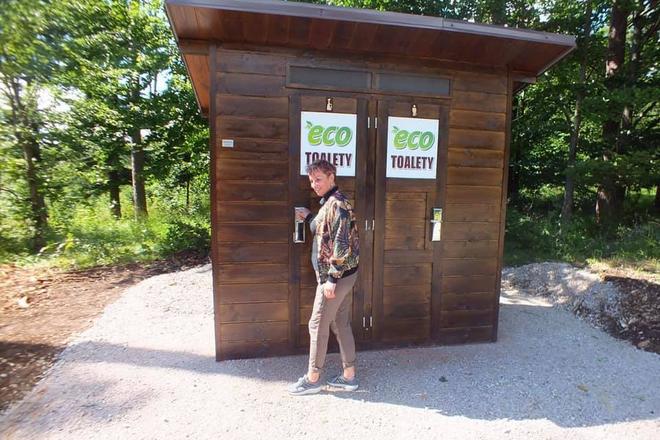 Two vermicomposting toilets have been placed in the Slovenský raj national park. (source: Facebook/Obec Hrabušice)
Two vermicomposting toilets have been placed in the Slovenský raj national park. (source: Facebook/Obec Hrabušice)
